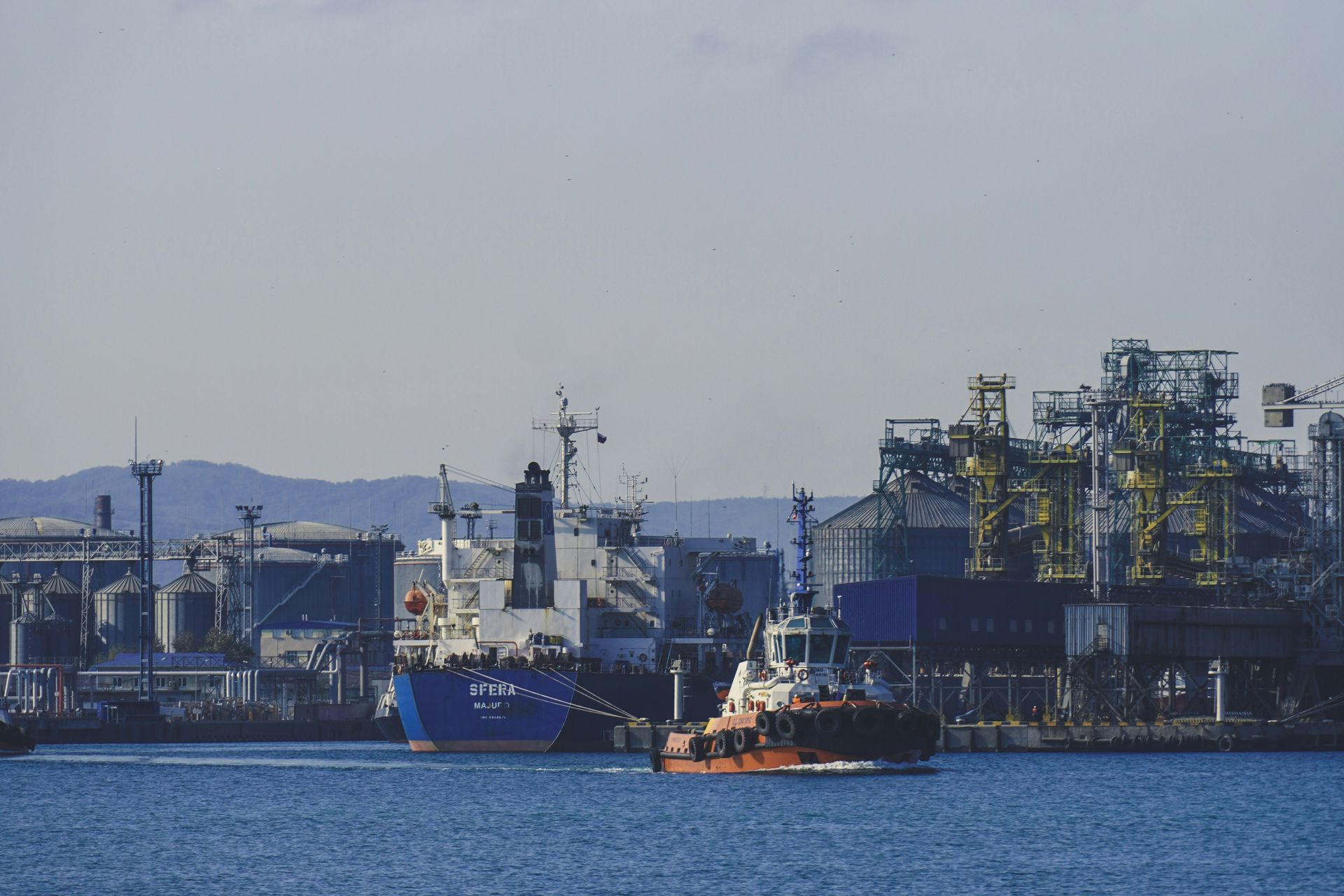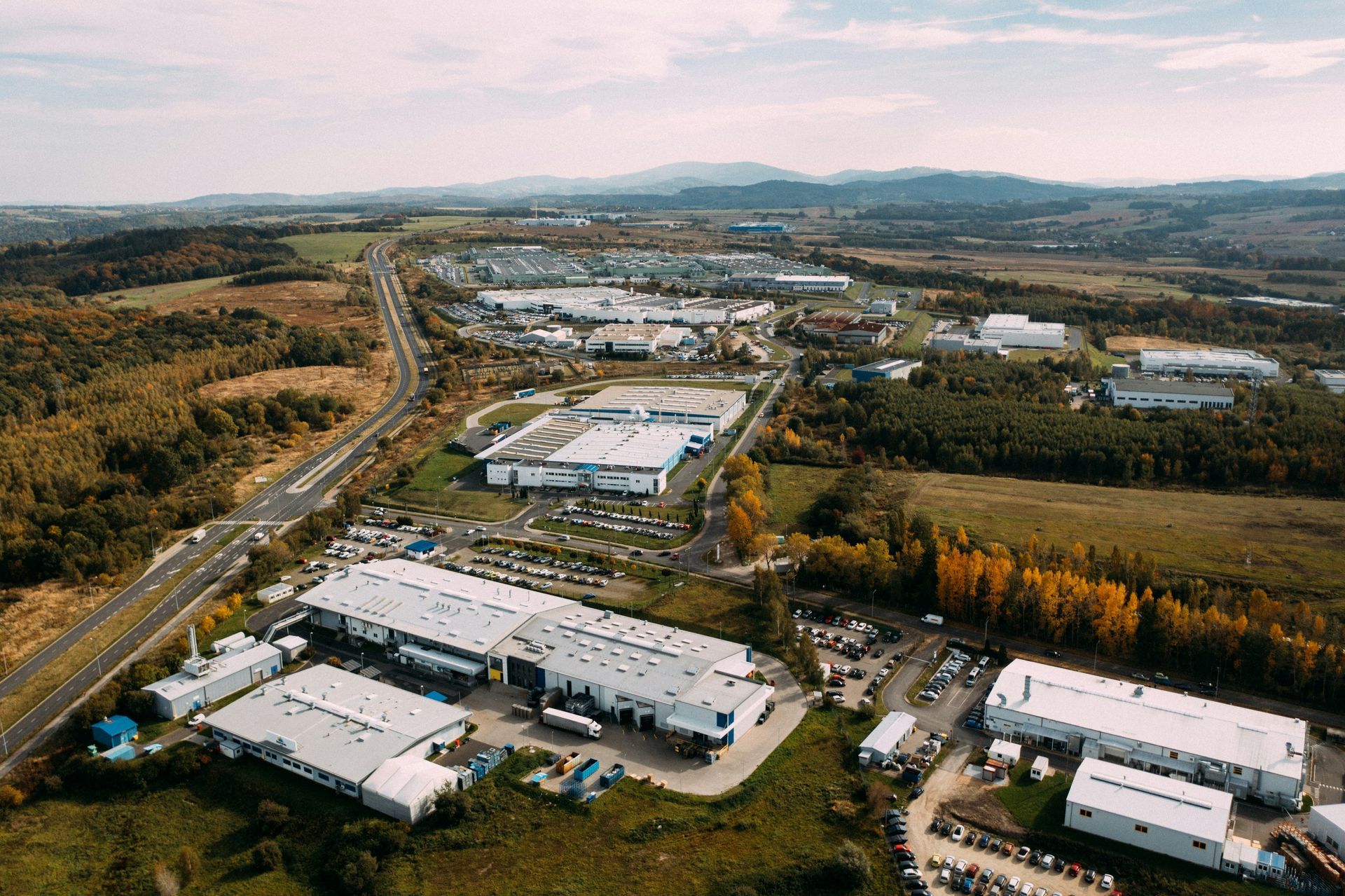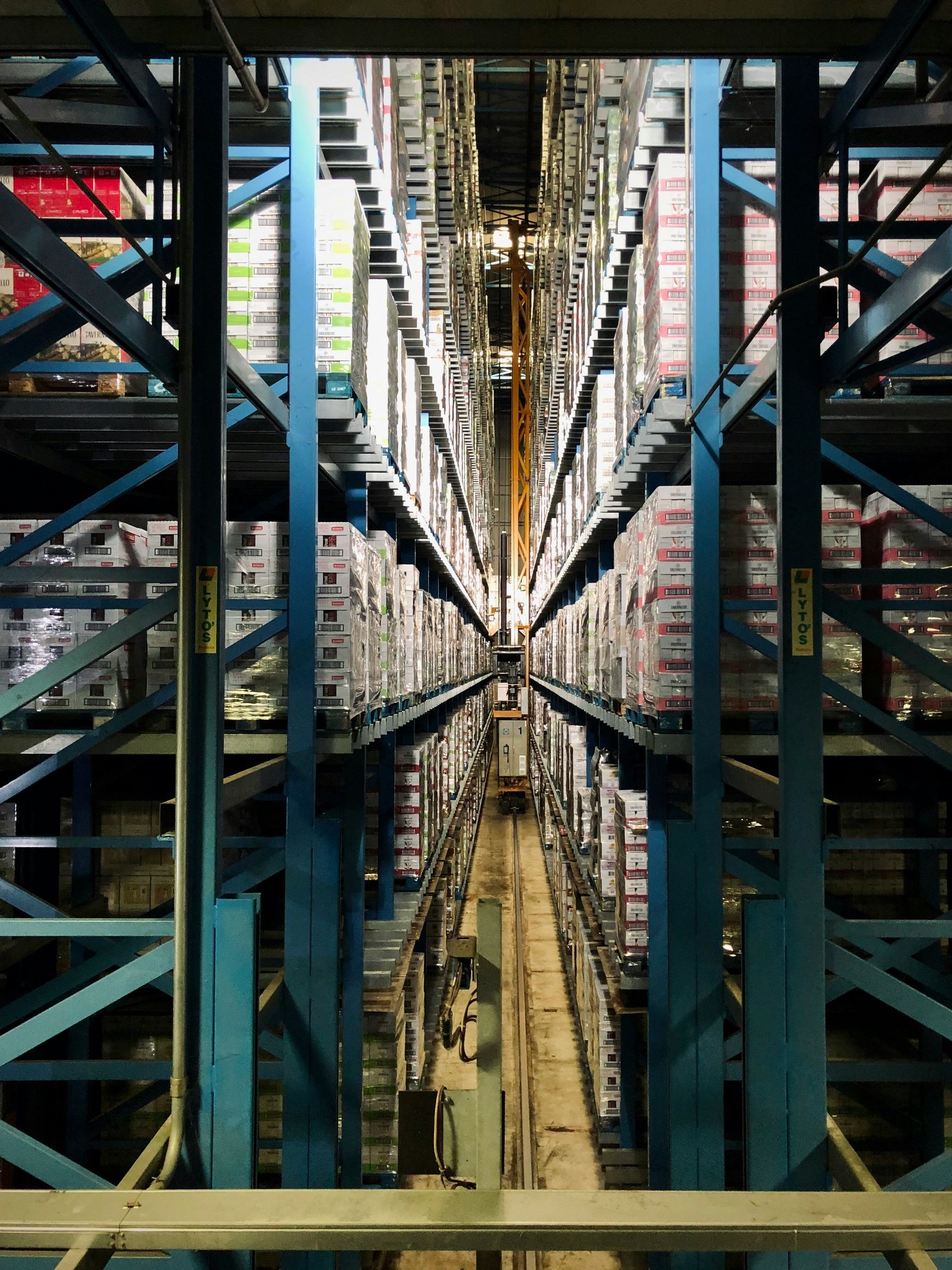5 Steps To A Stress-Free Supply Chain
5 Steps To A Stress Free Supply Chain: Building Resilience in Uncertain Times
The past few years have been a masterclass in unpredictability. From global pandemics to trade wars to climate change, disruptions abound, leaving businesses scrambling to adapt. In this uncertainty, one thing remains clear: a resilient supply chain is no longer a luxury, it's a lifeline.
But how do you build a supply chain that can bend, not break, in the face of the unexpected? Here are five practical steps to guide you:
1.) Embrace Digital Resilience:
- Embrace data-driven decision-making: Invest in analytics tools that provide real-time visibility into your entire supply chain, from supplier performance to inventory levels. Use this data to predict and respond to disruptions before they wreak havoc.
- Automate for agility: Automate repetitive tasks and workflows to free up resources for strategic planning and response. This will make your operations more nimble and adaptable to changing circumstances.
- Deploy AI for forecasting: Leverage AI-powered forecasting tools to anticipate changes in demand and market trends. This proactive approach will help you optimize inventory levels and avoid costly stockouts or overstocking.
2.) Fortify Your Physical Network:
- Diversify your supplier base: Don't rely on a single source for critical materials and components. Develop relationships with multiple vendors across different geographical locations to mitigate risk and ensure continuity of supply.
- Invest in flexible manufacturing: Implement adaptable production processes and technologies that can easily switch between different products or adjust output based on changing demand.
- Invest in risk assessment tools: Implementing robust supply chain assessments and risk analysis processes is indeed a prudent step to maintain visibility and decision-making capabilities within each location and across your inventory.
3.) Strengthen Operational Foundations:
- Prioritize cross-functional collaboration: Break down silos and foster strong communication between different departments across your organization and strategic partnerships across your industry. This will ensure everyone is working together seamlessly to navigate disruptions.
- Develop robust contingency plans: Identify potential threats and develop clear action plans for how to respond to each one. This will help you react quickly and effectively when crisis strikes.
- Empower your people: Invest in training and development programs to equip your employees with the skills and knowledge they need to handle challenging situations and make informed decisions on the fly.
4.) Embrace Continuous Improvement:
- Monitor and measure: Regularly track and analyze your supply chain performance to identify areas for improvement. Don't wait for a crisis to expose vulnerabilities.
- Conduct stress tests: Simulate potential disruptions and test your emergency plans to identify weaknesses and refine your response strategies.
- Prioritize and revisit S&OP : To optimize the organization's performance and align it with company objectives, it is crucial to implement or enhance the Sales & Operations Planning (S&OP) process. By doing so, the organization can ensure that its operations are executed cohesively, in line with data-driven plans
5.) Seek Expert Guidance:
- Customized solutions: Partner with experienced consultants who can provide tailored expertise and strategies to address your specific challenges.
- Knowledge and insight: Leverage their deep understanding of supply chain resilience to navigate complex situations and optimize your operations.
- Shared journey: Collaborate with trusted advisors who can guide you every step of the way, building a stress-free supply chain together.
Remember, resilience is not a destination, it's a journey. By proactively taking these steps and constantly adapting, you can build a supply chain that can weather any storm and keep your business moving forward, even in the face of the most unpredictable challenges.
So, take a deep breath, embrace the uncertainties, and start building your stress-free supply chain today. Your future self (and your bottom line) will thank you for it.






